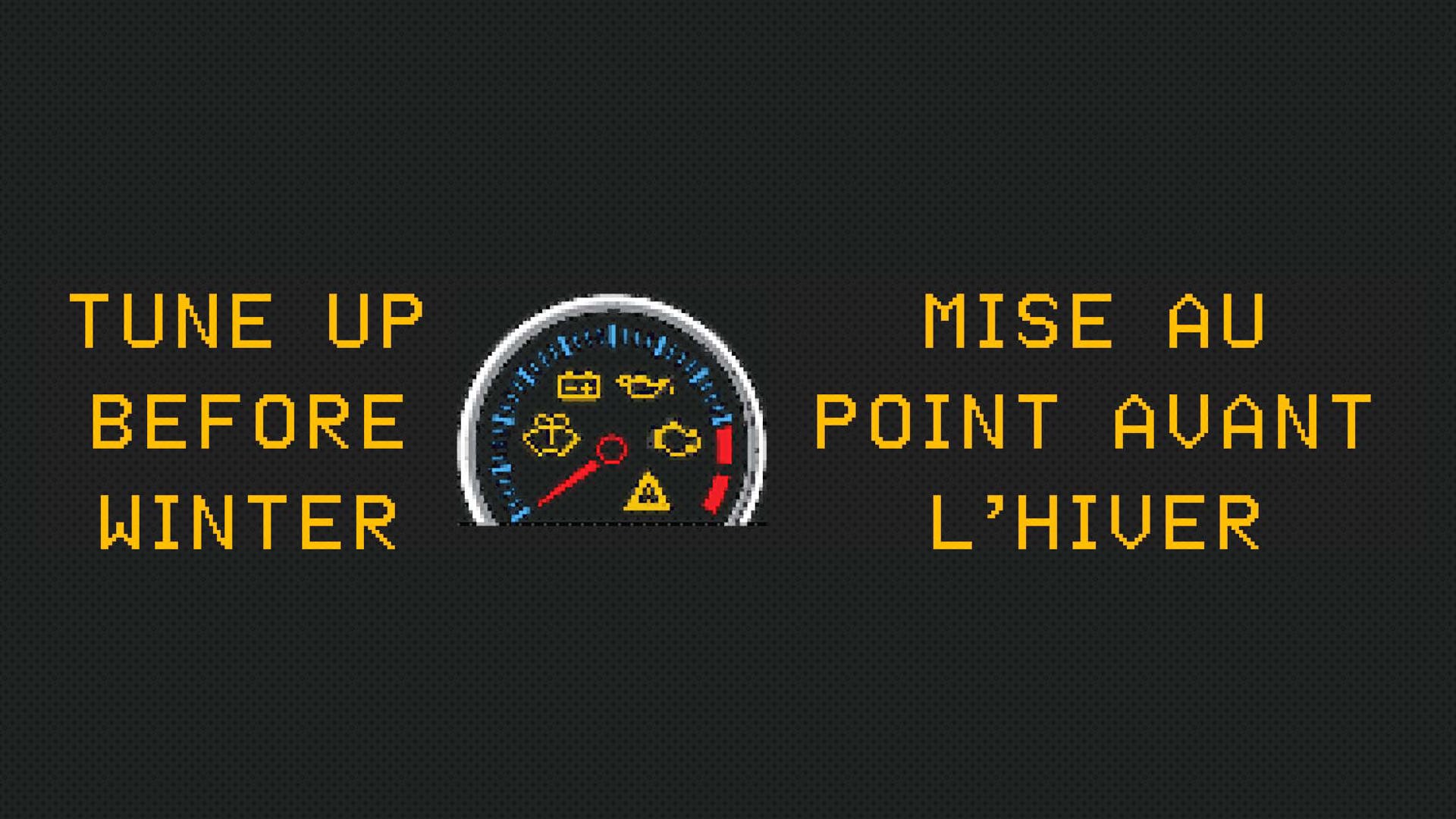As winter moves ever closer, thousands of motorists on major highways (across Ontario, at least) will see a colourful new message displayed overhead via the Ministry of Transportation’s fancy full-colour Variable Message Signs.
The display reads TUNE UP BEFORE WINTER, and contains numerous icons around an instrument dial, to remind drivers that vehicles have numerous systems and parts that might love a little TLC before they’re pushed to their limits by cold and ice and snow and wintry nastiness.
Valentina Stankovic is the Senior Issues Advisor with the MTO. She says, “Getting your vehicle winter-ready with a maintenance check-up is just one of many winter driving tips the ministry is advocating.”
Below, we’ll take a look at the new TUNE UP BEFORE WINTER display, and dig a little deeper into the meaning of each icon, with additional details that just won’t fit on an LED display matrix hanging over the roadway.
Windshield Wiper Icon
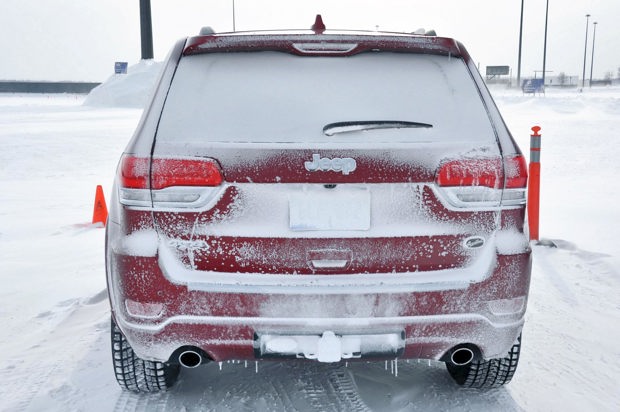
This first icon contains a windscreen, wipers, and a squirt of washer fluid – reminding drivers to check their washer fluid and wipers ahead of winter driving. Specifically, remember that warm-weather washer fluid can freeze at cold temperatures, which can prevent it from being sprayed, or even result in damage to the washer system tank, lines, or electric pump(s).
Obviously, a frozen tank of washer fluid is most likely to manifest itself on the middle of the 401 after you’ve been slush-plastered by an 18-wheeler – so be sure to confirm that your washer and wiper system is tip-top before you head out on the first cold commute of the year.
And since we’re talking visibility, here’s an annual reminder to clear your windscreen and all lights fully before a drive, so you can see and be seen more easily. Check for burned out bulbs too, including brake light bulbs and signal light bulbs.
Pro Tip
Before a nighttime drive, consider laying a rag or paper towels over your ride’s washer fluid squirter(s), firing the fluid a moment to dampen said rag, and using it to wipe dirt and salt from all headlight and taillight surfaces. This can dramatically improve light output and visibility.
Battery Icon
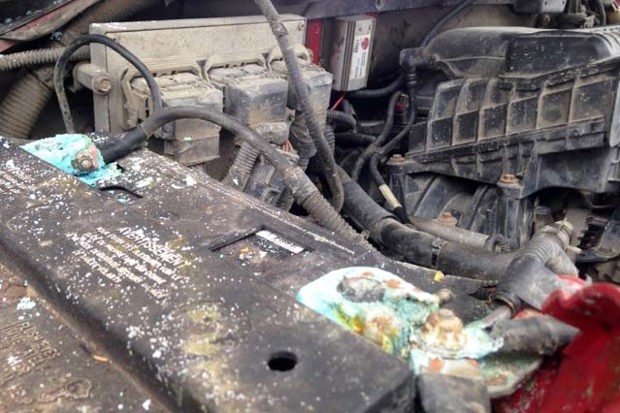
The second icon on the display is a battery, because there are a multitude of ways your battery can muck up your day if you haven’t given it any attention recently. Inspect your battery for signs of fluid leaks, or the excessive buildup of crusty deposits around the terminals, which can wreak havoc with battery charge levels and conductivity – especially in extreme cold. Clean as needed: these deposits are common, often go unnoticed, and are a major cause of problems.
Consider obtaining a battery inspection at an auto service centre, perhaps when you’re in for a pre-winter oil change. This test costs little to nothing, takes seconds, and can reveal whether or not your battery is planning to ruin your life on a cold January morning.
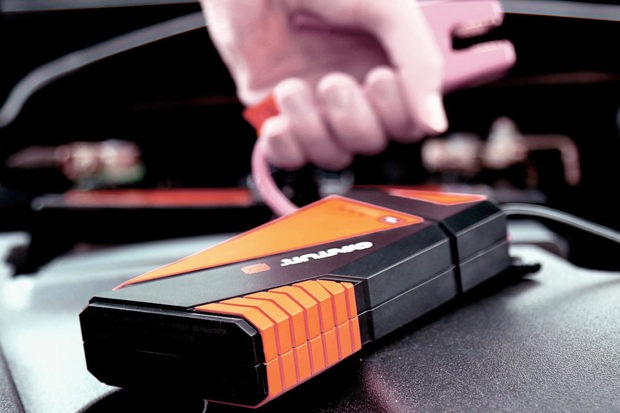
Pro Tip 1
For maximum peace of mind, keep a charged portable booster pack in your ride at all times. Modern units are smaller than a shoe, and can boost a dead battery several times on a single charge. Leave this charging up inside of your (warm) house when not in use, and bring it with you for the drive.
Pro Tip 2
If your battery dies and you’re gifted a boost from a fellow motorist, be sure not to turn your ride’s engine off until you’re parked at a safe location, in case your battery dies again. After a boost, run your engine for as long as you can, to help recharge the battery, and have the battery inspected sooner than later.
Engine Oil Icon
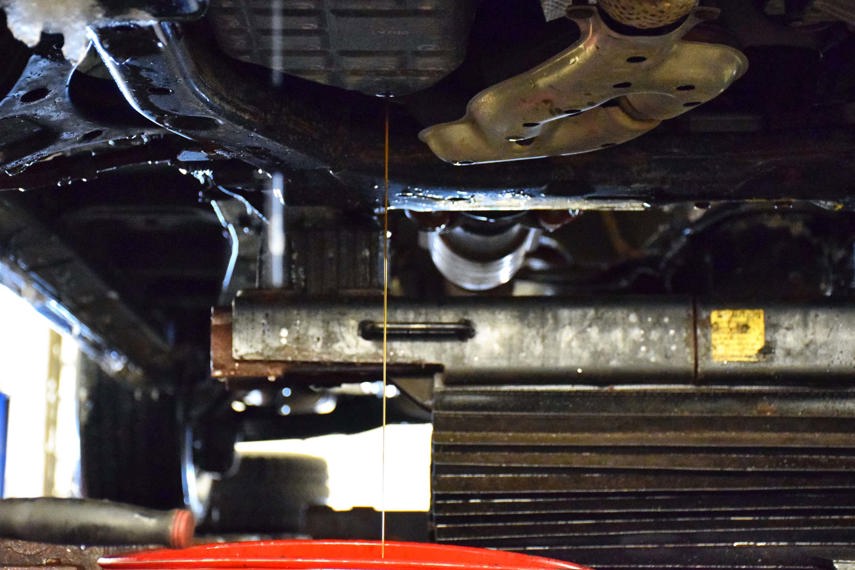
The lowly little oil can is the next icon – and it has many important meanings in the context of this list. A pre-winter oil change is smart, since fresh oil at the correct viscosity can help fend off engine wear in extreme cold, and also make it easier for your engine to fire up when the mercury drops.
You can’t over-change engine oil, so even if you’re not due until late January, consider getting one a little early this time of year for maximum peace of mind. Note that most oil change shops and dealer service centres also give your ride a full inspection while it’s having its oil changed, which can detect other potentially concerning problems that should be addressed before they’re aggravated by extreme cold.
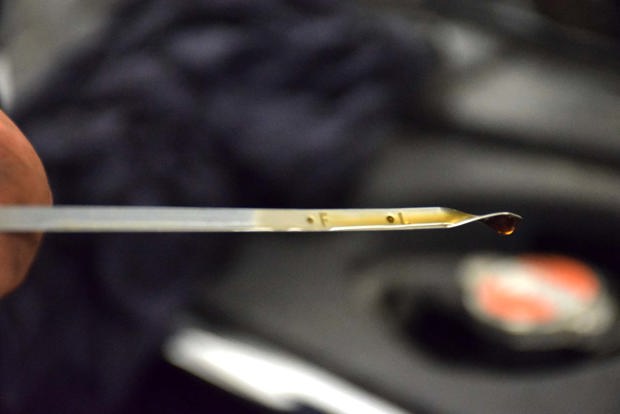
And, on the topic of fluids, be sure to have all levels checked, including transmission fluid, differential fluid, brake fluid, and (especially) engine coolant. If any of the above fluids are at or near the end of their useful life (check your owner’s manual for the scoop), you’re best to have them changed before the cold weather hits.
Pro Tip
Consider using synthetic oil, at least in winter months, if you don’t already. It may be overkill in some vehicles, though it can make life much easier on your battery and starter when it comes time to turn over an engine that’s just spent the past few hours or days in a deep freeze.
Check Engine Light (CEL) Icon
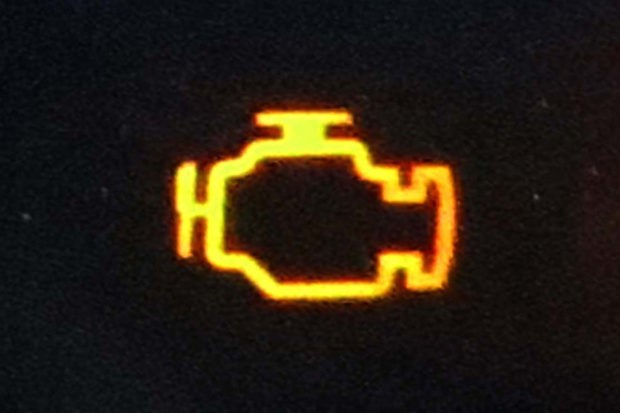
The next icon is the dreaded CEL – whose appearance on the dashboard sends many a driver into a state of unmitigated frazzle. There’s little to fear though – a Check Engine light is not a death sentence for your ride, or your bank account, but rather, a special invitation that your vehicle is extending to you.
When your ride shows you a CEL, it’s inviting you to have its computer system scanned by a professional to determine which of dozens (or hundreds) of issues have been detected within one or more of its systems. In seconds, a diagnostic scan-tool plugged into your ride will reveal the cause of the problem, which could be as simple as a loose gas cap, a bad wheel-speed sensor, a bad electrical ground, or a bad thermostat.
A diagnostic scan takes seconds, costs little (or nothing, if you have your own scanner), and can precisely pinpoint the problem(s) in question.
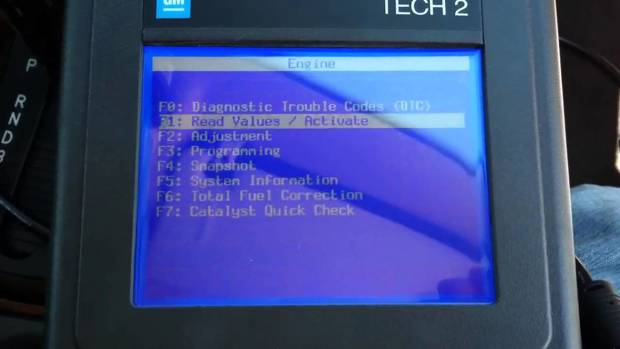
Note that an occasional diagnostic scan is a good idea for your ride, even if there’s no CEL present, and especially at this time of year. Why? Sometimes, your vehicle stores data on minor potential problems for a while before deciding to warn you about them. As such, even if there’s no warning illuminated, a diagnostic scan can give you a heads up on a potential issue that may be lurking.
Pro Tip
Do not attempt to fix a CEL by disconnecting and reconnecting its battery, hoping to reset some issue. Also, since the light can come on for a plethora of different reasons ranging from mild to serious, do not assume you know why it came on, and start spending time and money on parts or products hoping it goes away. There’s one proper way to deal with a Check Engine light, and that way is to complete a diagnostic scan.
General Hazard
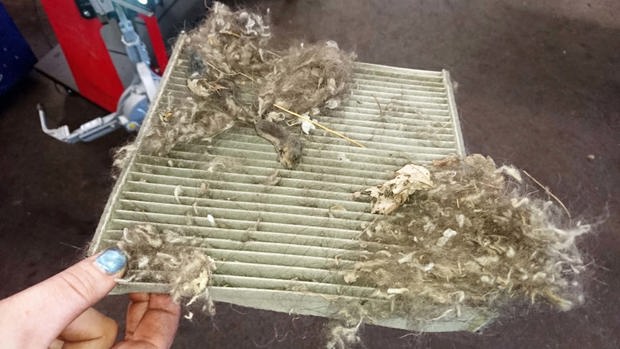
The triangle with an exclamation mark is a universal sign for “something’s wrong”, and can be taken to cover a multitude of other issues, here. On the MTO’s new sign, it’s sort of a catch-all icon for concerns not covered elsewhere. These may include tire inflation pressure, wheel-nut torque, braking system maintenance, proper operation of advanced safety features, and plenty more. Confirm all of the above are in proper working order for maximum peace of mind, and reduced likelihood of being stranded, or worse, on the side of the highway. If in doubt, or if you don’t recall the last time a major component on your ride was serviced, talk to your favourite technician or dealer service advisor.
Pro Tip
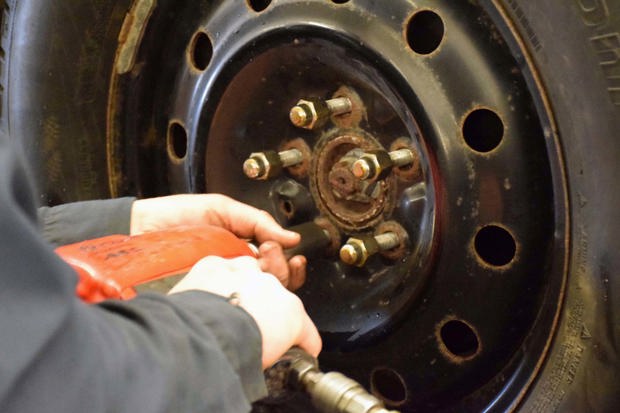
Let’s talk about two important pre-winter maintenance items are commonly overlooked, and highly important.
First? Your ride’s cabin air filter. If you don’t know what a cabin air filter is, or when yours was last changed, chances are it’s fairly plugged, which limits the performance of your ride’s defogger and heater system.
Second? Wheel-nuts. After installing winter tires and rims, wheel-nuts should be re-torqued after 100 kilometres or so, to proper tightness, for maximum safety. Ever see a vehicle on the side of the highway, in the middle of winter, missing a wheel? Chances are, that vehicle’s owner failed to re-torque the wheel-nuts.
